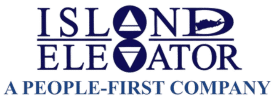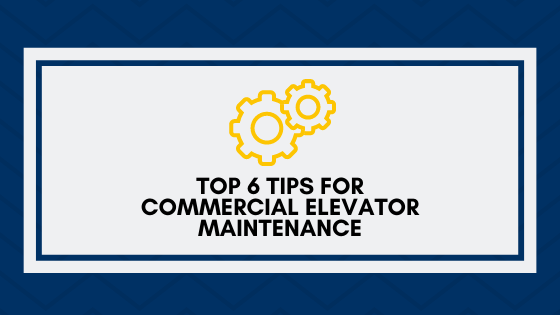The elevator industry regulators take health and safety extremely serious and explains why commercial elevators are undoubtedly the one of the safest forms of mechanical transportation. Owners should keep a schedule for maintenance and plan on elevator maintenance servicing to maintain safety standards, extend the life of elevators, and reduce commercial elevator downtime.
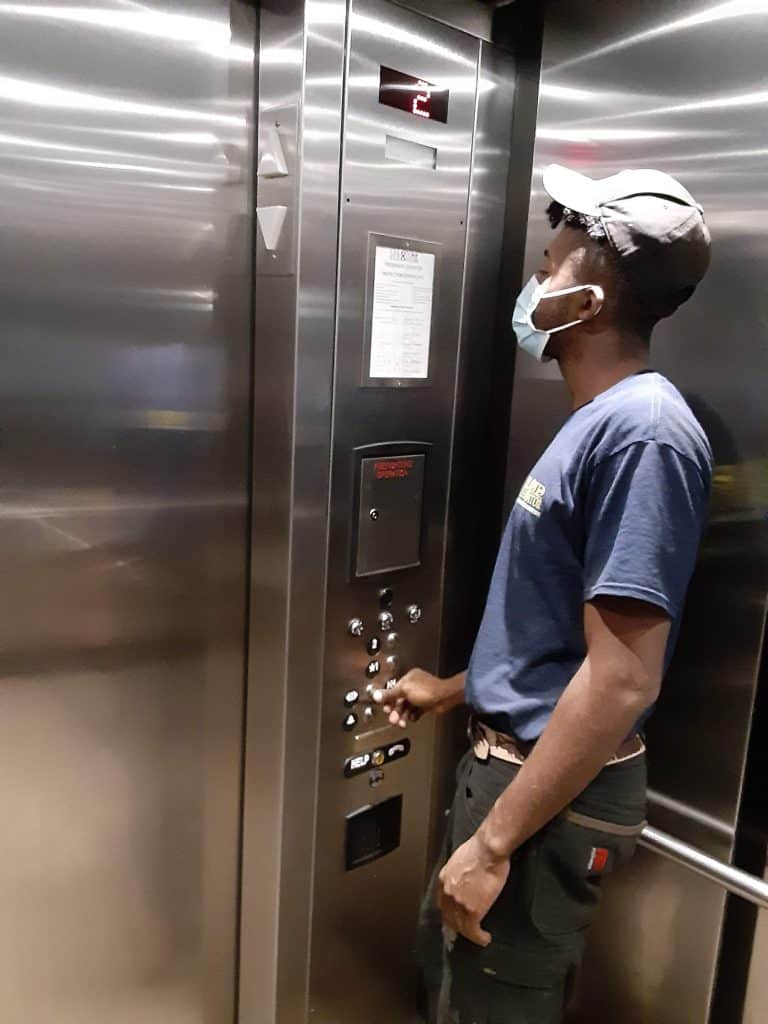
Always Keep Up with National Elevator Regulations
Elevator rules and regulations are constantly evolving to improve the commercial elevator industry and its help owners to focus on safe maintenance practices. The strict code enforcement and effective commercial elevator guidelines allow facilities managers to maintain safe commercial elevator systems across the nation, adhering to not only current protocol, but also new and developing standards. New government legislation continually increases commercial elevator safety for passengers and employees.
Commercial elevators installed after the year (2001) require features such as improved strength and durability of elevator car walls, roofs, and doors plus higher requirements for fire resistance material of car interiors and mandatory elevator control panels including a “Stop” button in the lower pit. New commercial standards will further uphold the elevator and its reputation for excellent safety practice and regulations.
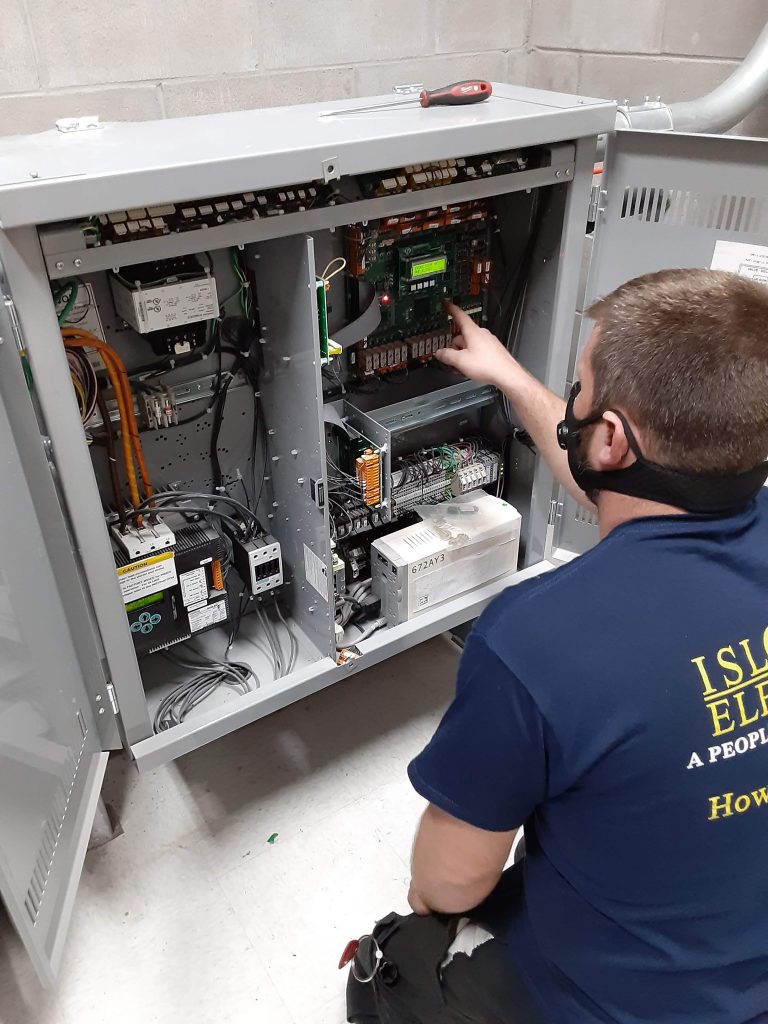
Be Proactive with Commercial Elevator Repairs and Upgrades
One of the main goals of elevator repairs is to provide a facilities manager with a commercial system they can rely on. The commercial elevator service and consumer safety should be priority number on. As with nearly every aspect of facilities management, one of the most important actions to take in keeping elevators in prime condition is to inspect them regularly. Not many owners realize that elevator maintenance is mandatory for their building; in addition to an inspector reviewing an elevator system once every six months so the owners are covered by law.
Recommended practice is to have a elevator system serviced every month. Neglected elevators can result in long delays while waiting for repairs, lead to premature aging, create huge financial expense and, worse still, become a danger to both passengers and service personnel.
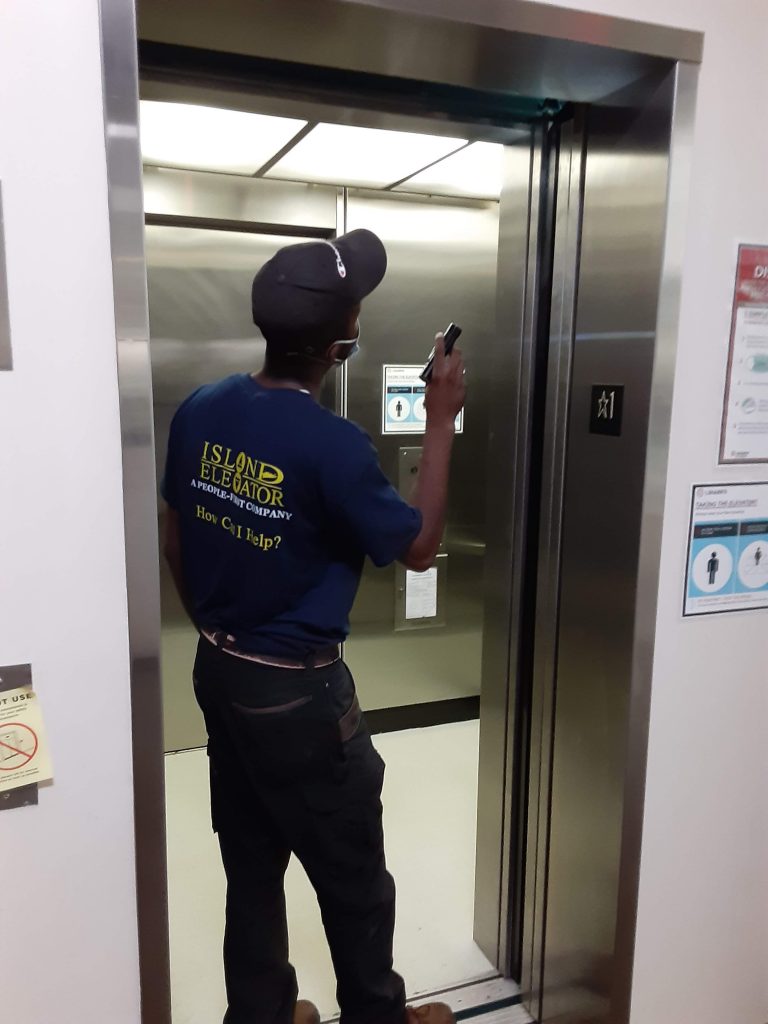
Planning Routine Commercial Elevator Maintenance
Facilities managers should always have a planned preventative maintenance schedule in place with their chosen elevator service provider. This takes into account issues such as elevator-system peak times, impossible dates for servicing and so on. A mobilization plan should also be crafted to cover any risk assessments, method statements and health and safety procedures in relation to elevator maintenance.
The age of a elevator system and size of the building are both factors that need to be taken into consideration when planning maintenance, as older systems with more floors to cover may require a more thorough service, which will take more time. Also, the amount of usage an elevator endures may mean the system wears faster, so there will need to be a discussion about the level of predicted elevator use with the service provider. It is important that a facilities manager is able to rely on the elevator service provider and trust it implicitly. A strong partnership should be made during the planning stage to ensure the contractor will deliver excellent ongoing service and support.
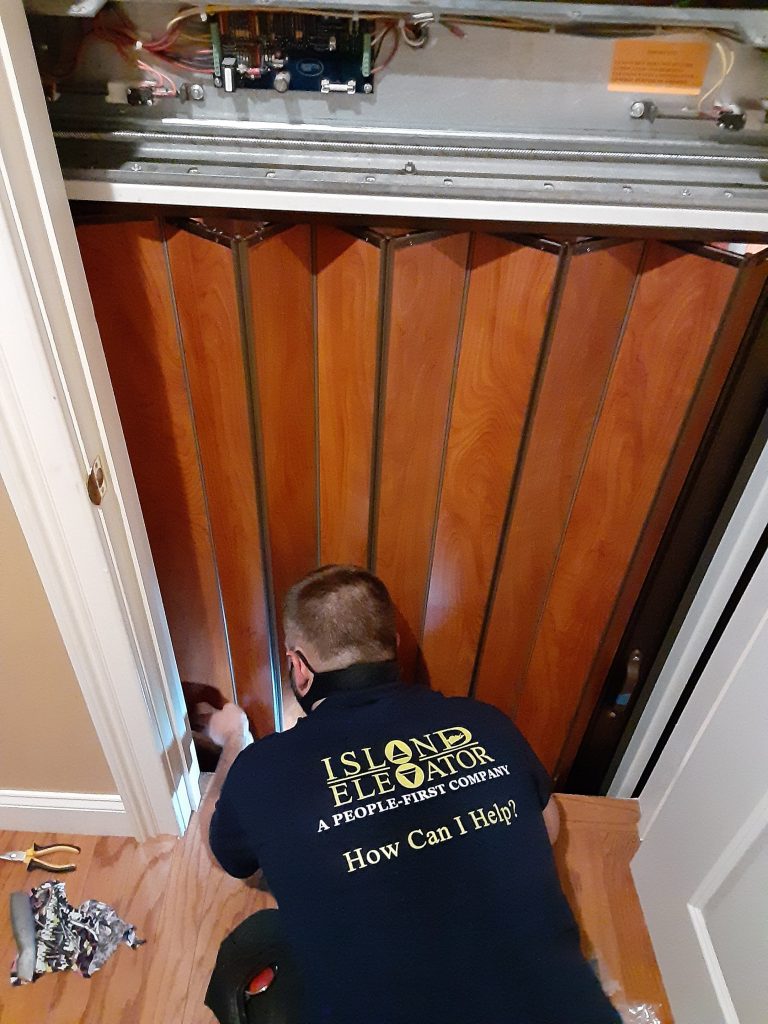
Commercial & Residential Elevator Modernization
Technological advancements in the elevator industry are vastly improving health and safety for both passengers and engineers. Facilities managers should embrace fast-changing trends to take advantage of the many benefits. Modernizing an elevator system will result in a faster elevator with a smoother ride, reduce overall costs and make an elevator more reliable and less prone to breakdowns.
For elevator maintenance specifically, customer-management portals (new online tools growing in popularity with many elevator servicing companies) offer a bespoke and reliable service, which both reduces downtime and improves communication between clients and servicers. Online systems deliver clients detailed elevator-portfolio information, including real-time updates, electronic exchange of orders and proactive maintenance reporting. The booking of engineers for maintenance, viewing of arrival times and specific work undertaken is now easily accessible, allowing facilities managers to plan elevator maintenance well in advance and alert people using the elevators.

New thermal-imaging technology, for example, provides engineers with the ability to locate, troubleshoot and fix impending issues to prevent costly shutdowns. Furthermore, there are several technological developments that can drastically reduce an elevator system’s energy consumption. It is vital that service providers notify clients of changing environmental legislation and offer advice on product innovation and environmentally efficient technologies during the term of their contract.
New thermal-imaging technology provides engineers with the ability to locate, troubleshoot and fix impending issues to prevent costly shutdowns.

Education of Commercial Elevator Operations and Procedures
It goes without saying that, despite a facilities manager’s best efforts, accidents can still occasionally happen. For passengers, a common hazard is being struck by closing elevator doors, and, although it is essential to ensure your elevator system’s detection system is updated, this type of accident is largely the result of user error — for instance, a passenger may attempt to run for a elevator and stick his or her hand or arm between the doors to prevent them from closing.
Early education for elevator passengers by providing visible signs and aids will detail elevator best practices and is a facilities manager’s best hope for the prevention of accidents.

Island Elevator is Ready to Help
Island Elevator is here to help you understand all facets of your Elevator Repair, Maintenance, & Modernization costs in the new year. Our team is here to help ensure your home and business vertical transportation equipment receive the regularly scheduled maintenance necessary to help you avoid a major catastrophe, reduce the possibility of a costly repair, and ensure the safety of your passengers, tenants, and family.
